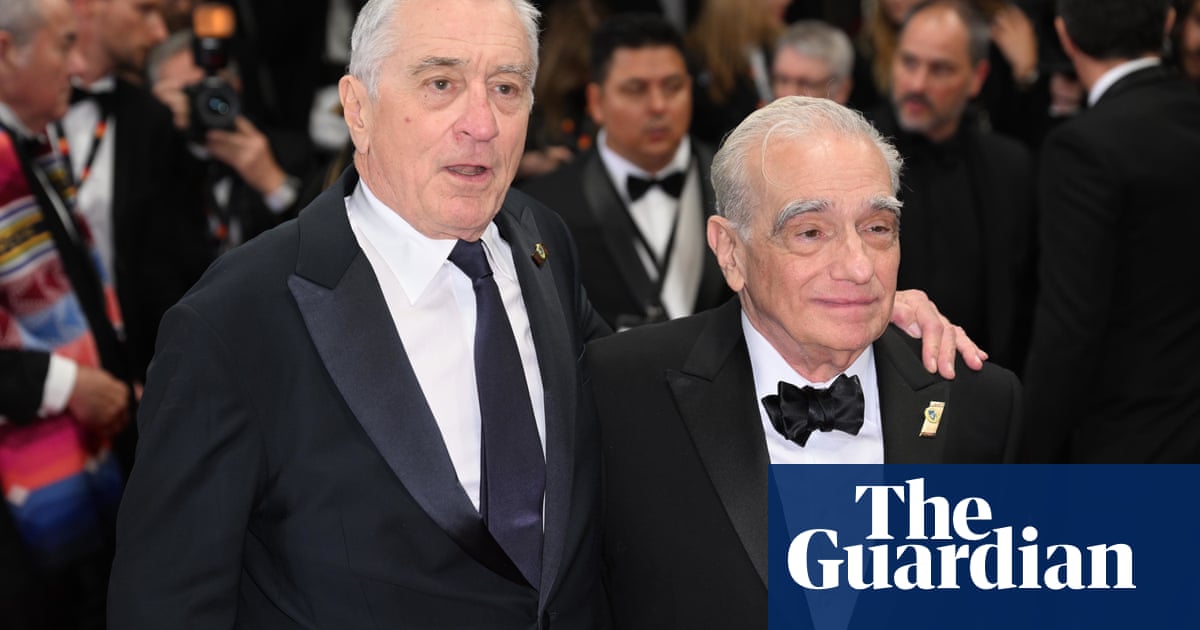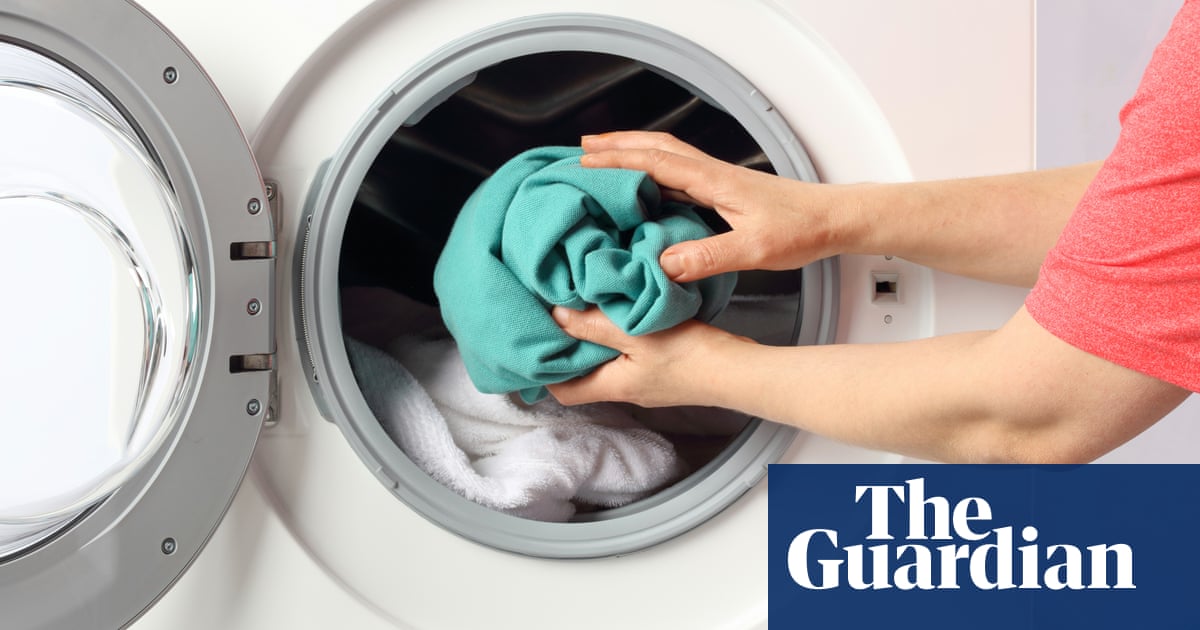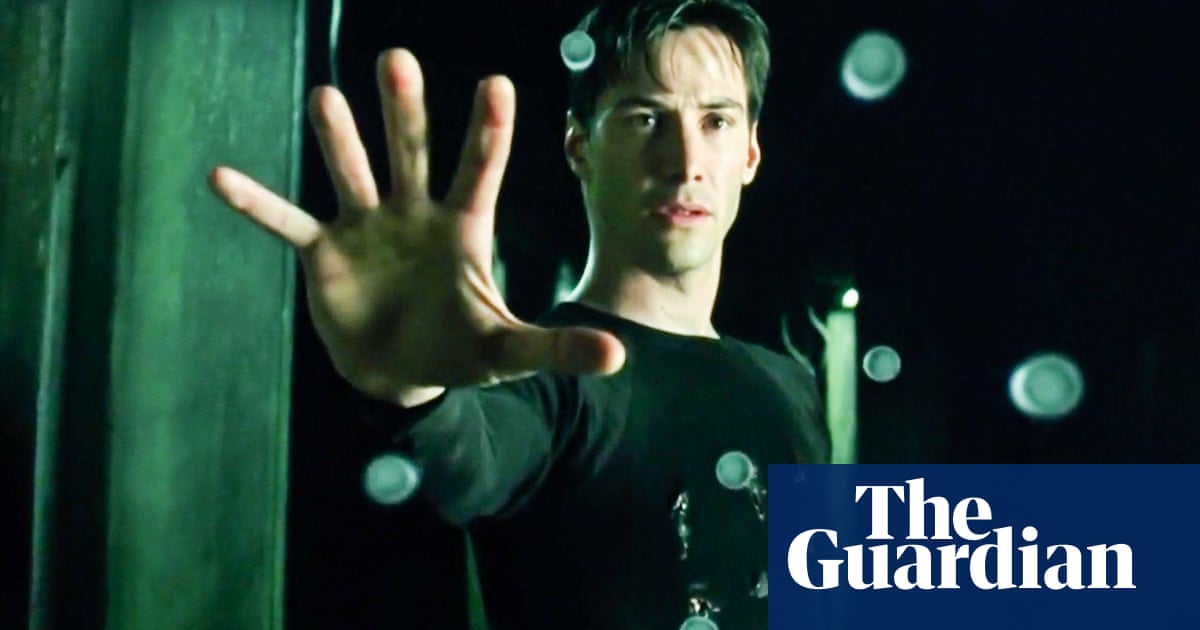
Art isn’t maths, on that we can all agree: there’s no scientific way to quantify its ambitions or its success. Yet in film, in particular, we never stop finding ways to organise it by numbers. People pore over Rotten Tomatoes scores, box office figures and Oscar tallies, citing records and precedents as neat bars of achievement. Such considerations might be deemed crass at the august Cannes Film Festival, an institution that prides itself on an art-for-art’s-sake stance – while, of course, housing a heaving international market and a celebrity-swarmed red carpet.
But Cannes attendees can’t resist finding different, festival-specific metrics by which to measure even the most esoteric works. Every day, people pick up the daily edition of the UK trade publication Screen International and flip to the back page, where the “Screen grid” monitors how the films selected in that year’s competition are faring with its panel of film critics by collating their star ratings: currently, the Finnish veteran Aki Kaurismäki’s charmer Fallen Leaves is tops with a 3.2 average, a fraction of a point ahead of new films by Todd Haynes and Justine Triet. (It seems unlikely that any title this year will match the 3.8 record set five years ago by Lee Chang-dong’s Burning.)
At other outlets, most notably the industry bible Variety, the timers are out: it has become festival custom to time the standing ovation given any major premiere, and report the final figure in the post-screening headline. Newcomers to festival coverage may be surprised by the numbers, which are typically longer – much longer – than most people would feel comfortable clapping on their feet for their own child’s school play, let alone a new film by A-listers who hardly need the extra adulation. The stopwatch champion so far this year is Martin Scorsese’s muscular Osage reservation epic Killers of the Flower Moon, which clocked a nine-minute standing O – proportionally suitable, perhaps, for a 206-minute opus – while James Mangold’s Indiana Jones and the Dial of Destiny was deemed by such analysts to have underwhelmed with only five minutes of applause for Harrison Ford’s fifth turn in the saddle. (Still, time yourself standing and clapping for five minutes and see how interminable that feels.)
To look at such figures, some might almost think there’s a logic to them: Scorsese’s impressive film has been glowingly reviewed, while Mangold’s has been widely deemed a tepid cash-in, so are the Cannes premiere clappers making more of a critical statement than their black-tie attire might suggest? Well, no: clocking in just behind Scorsese’s film this year, with an eight-minute ovation, is the turgid Catherine Parr biopic Firebrand. The film may be a letdown from the exciting Brazilian stylist Karim Aïnouz, but stars like Alicia Vikander and Jude Law must get their due in applause. And no film this year has matched the 12 minutes given over last year to Baz Luhrmann’s Elvis, a kitsch spectacular veritably made to fire up the Cannes glitterati, even if the reviews were mixed. Some films simply conjure momentary electricity in the room: timing that can be as arbitrary as it sounds.
The truth of the matter is that almost any major black-tie premiere, with talent in attendance, in Cannes’s vast Grand Théâtre Lumière – a short stroll from the slightly less glamorous Debussy theatre, where the same films screen, often simultaneously, to a less well-dressed, more circumspect crowd of accredited press members – is going to get a standing ovation of some duration. Just as you wouldn’t refuse to toast a couple as a guest at their wedding, festival etiquette simply dictates that you be upstanding and clap-handing for any film-maker or star on their big night. Exceptions are rare and devastating: I’ve never felt anything chillier at Cannes than the polite ripple of seated applause that greeted the closing credits of the American indie director David Robert Mitchell’s peculiar, often confounding 2018 competition entry Under the Silver Lake, less than a minute before everyone shuffled for the exit.
But long-term applause monitoring at Cannes has its uses when it comes to marking a potential shift in tradition: the ovations are getting shorter. The all-time applause record at the festival is held by Guillermo del Toro’s beloved Spanish civil war fantasy Pan’s Labyrinth, which clocked a whopping 22 minutes in 2006; in 2012, even Lee Daniels’ critically reviled (but, whisper it, rather magnificent) southern-fried thriller The Paperboy notched up 15. One can only imagine Scorsese would have topped that number a decade ago.
On the flip side, over at the press screenings – where standing ovations never happen, not least since there’s no talent present to applaud – attendees are getting less demonstrative with their disapproval too. A former tradition of lusty booing for disliked titles hasn’t been upheld this year: even Jessica Hausner’s divisively unpleasant Club Zero, with its grim scenes of vomit-eating and other delights, was greeted at its first press screening with silent froideur rather than catcalls – an altogether more civil state of affairs. Perhaps in a post-Covid Cannes, even with the restrictions of the last two pandemic-era editions lifted, people are more content to keep their reactions to themselves, or to spend fewer minutes clapping in a room with a thousand other people. Perhaps, in a few years, we can reduce the ritual to a collective thumbs-up at the talent, and all get to dinner a bit sooner.











